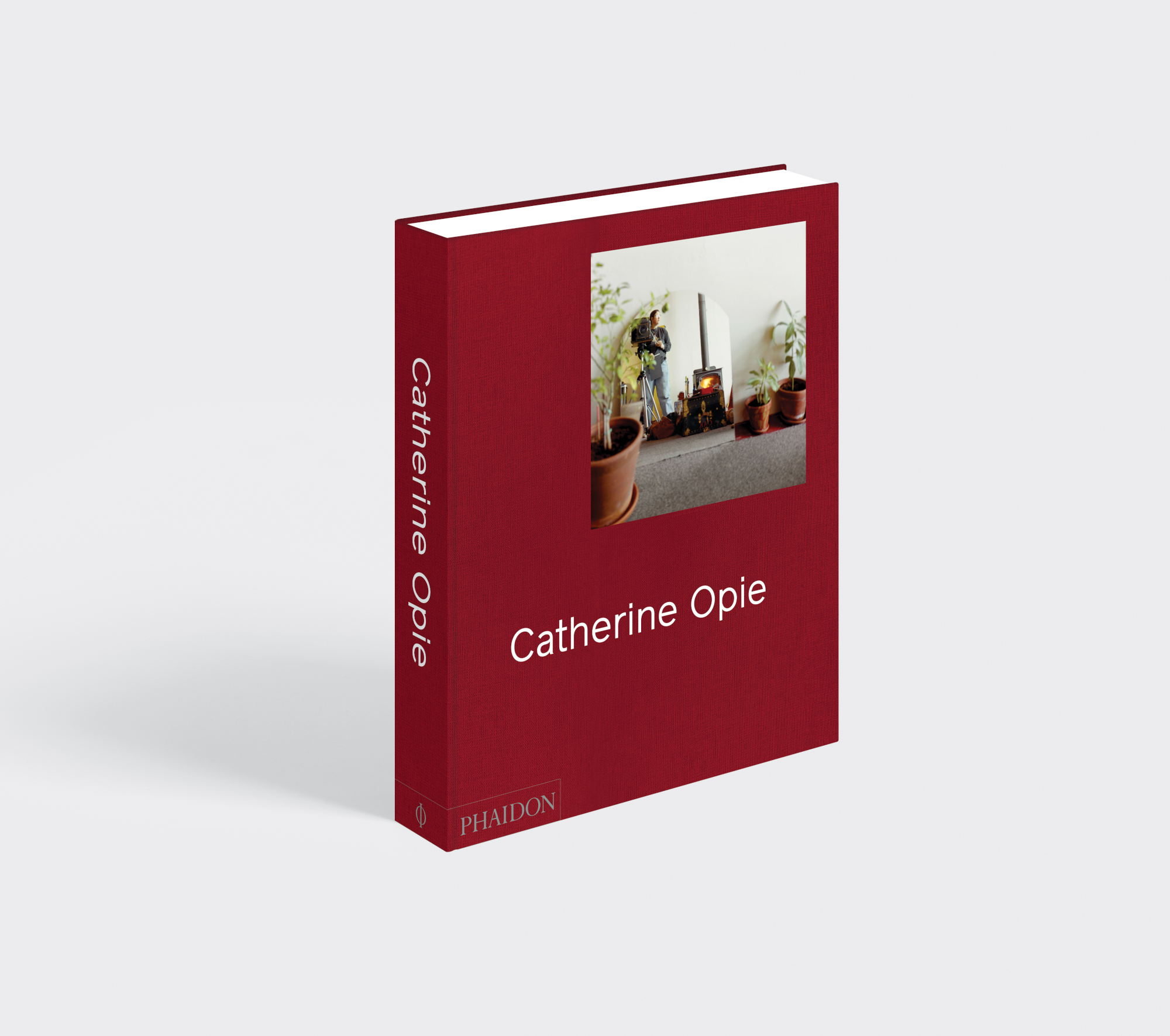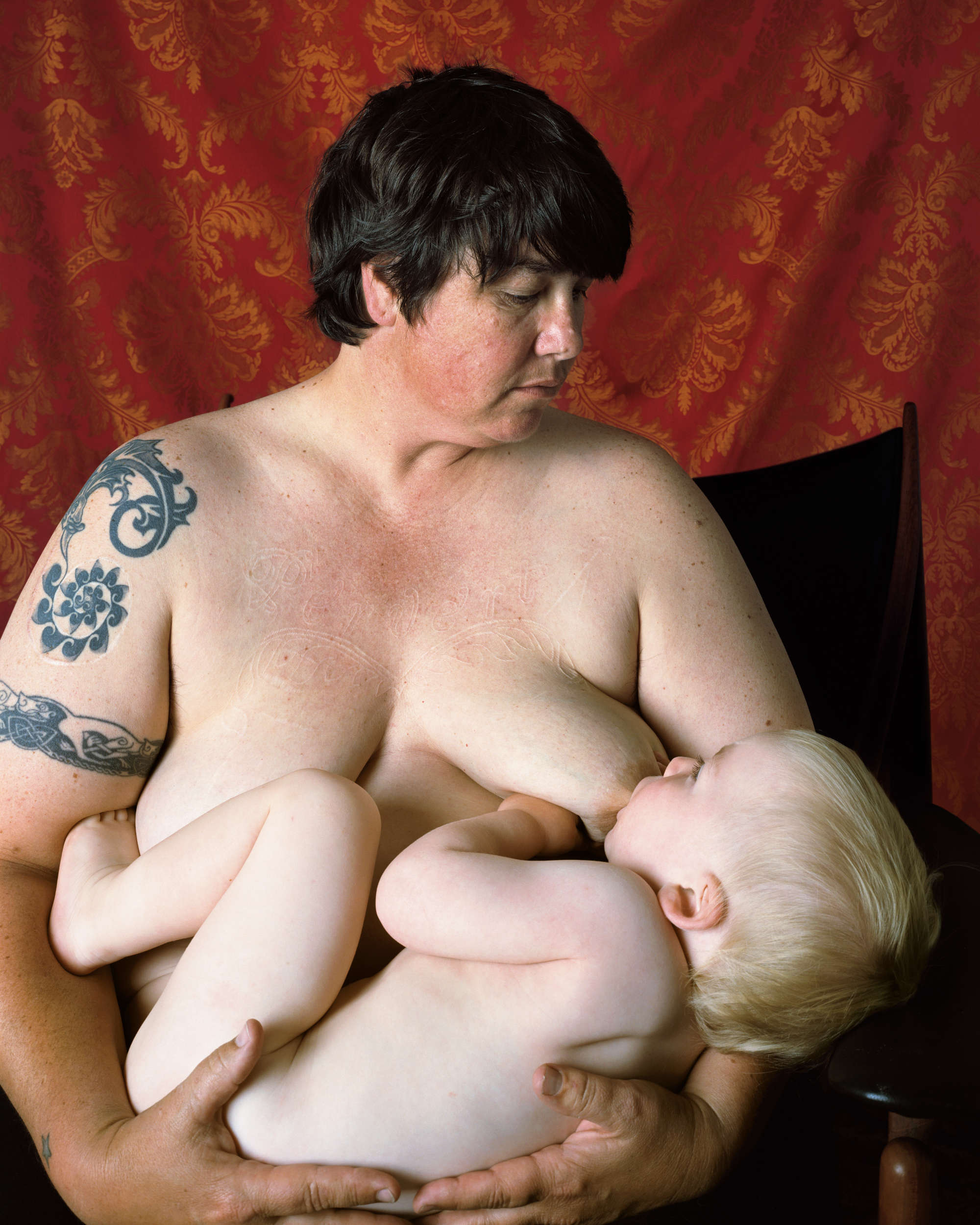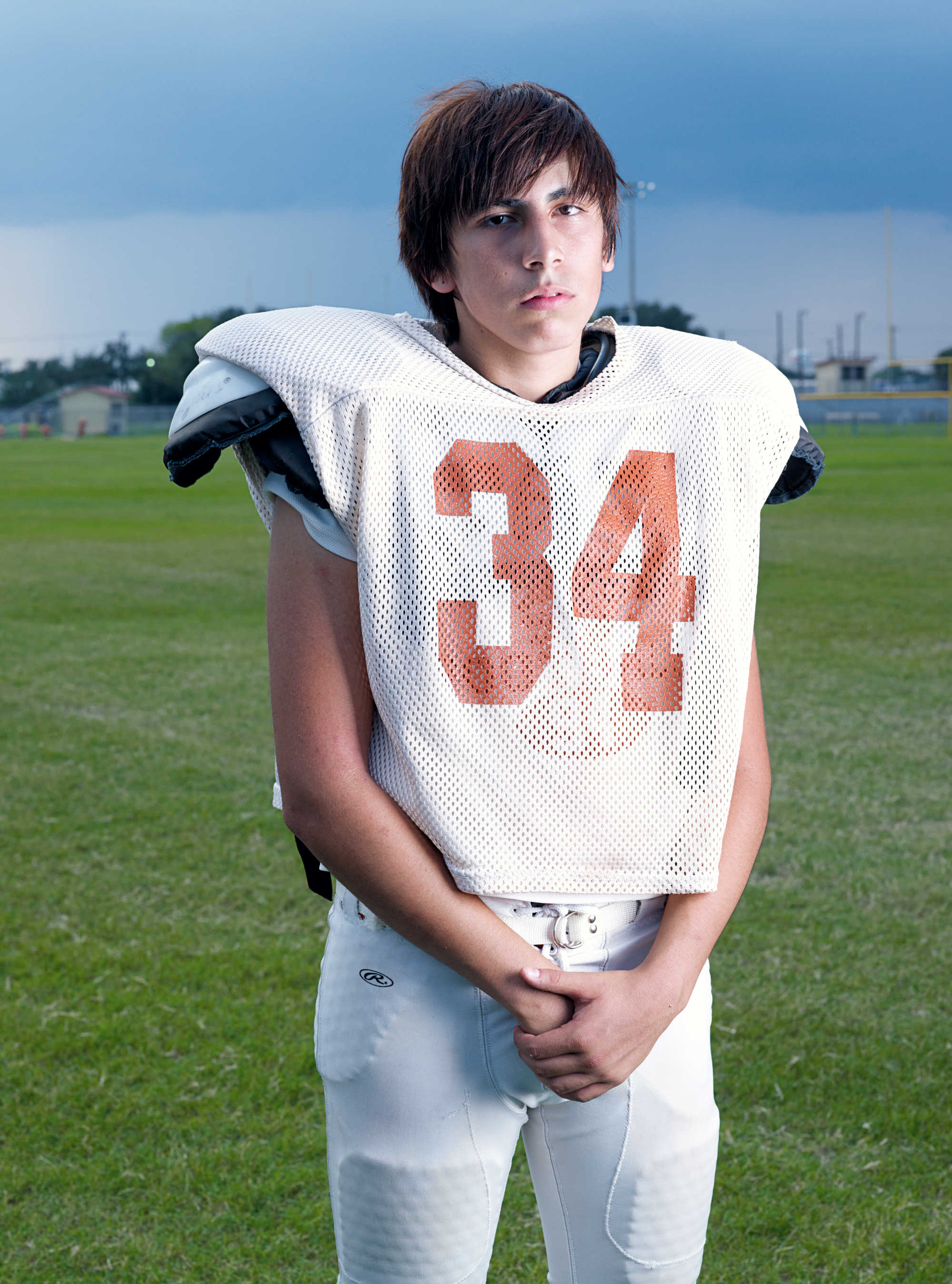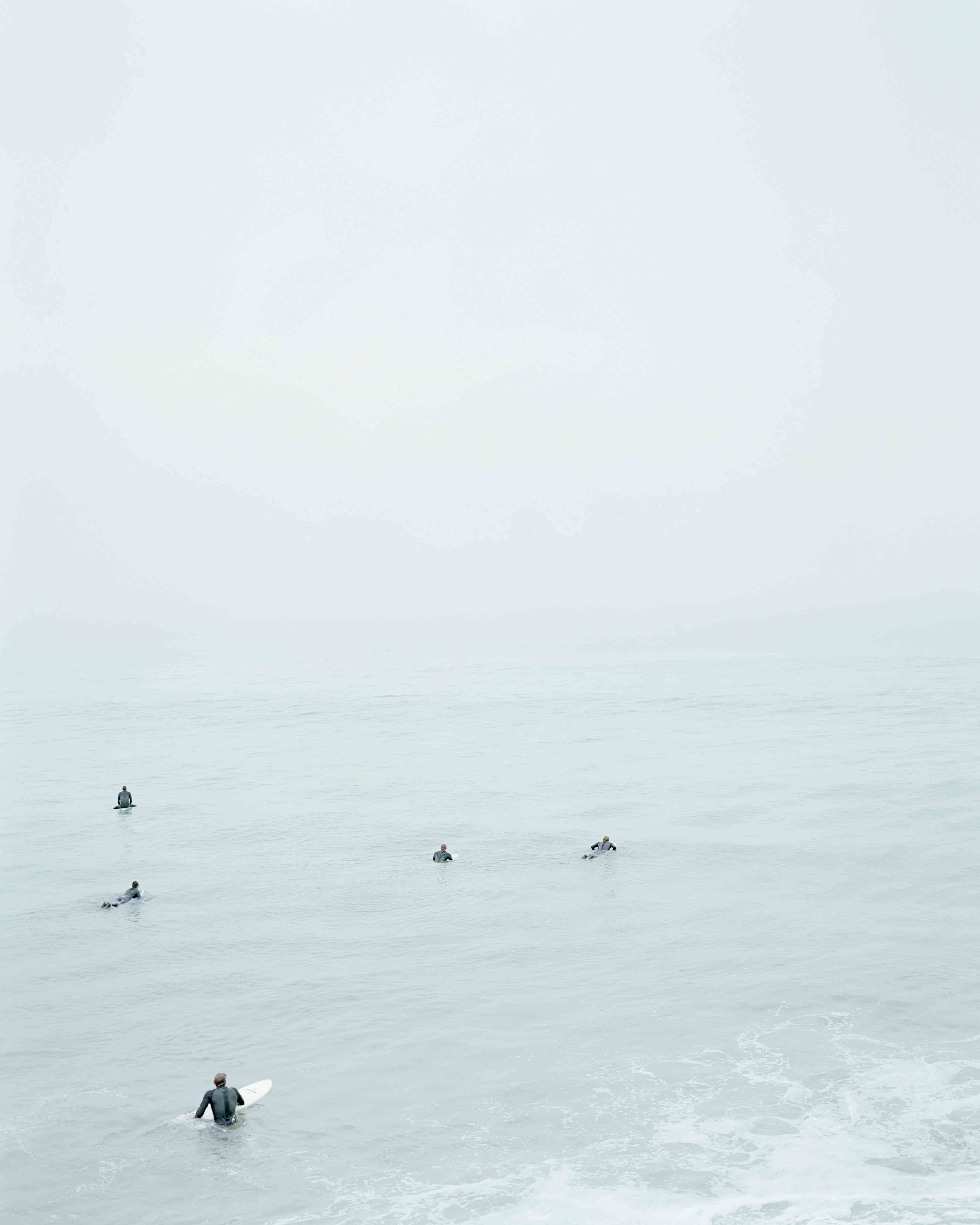
All you need to know about Catherine Opie
Find out more about the first survey on the work of one of America's most important contemporary fine art photographers
Catherine Opie was given her first camera – a Kodak Instamatic – as a gift at the age of nine, after writing her school report on the 20th century photographer Lewis Hine and his portraits of child labourers.
It was an unusual topic for an Ohio schoolgirl in 1970, though an entirely apt choice for the future photographer and fine artist. Today, Opie is one of America's foremost contemporary fine art photographers, famous for documenting the cultural and geographic identity of contemporary America with psychological acuity, candour and moral sensitivity.
Over the course of her 40-year career, Opie has captured American life from its very centre, right through to its fringe communities, shooting everyone from high-school football players through to leather-bar regulars; domestic lesbian households to Los Angeles freeways; ice-fishing villages in Minnesota through to memorials to slain gang members on the streets of LA.

Our new book brings this incredible body of work together. It is the long awaited, first survey of Opie’s photography, and it demonstrates, across 338 beautiful pages, just how varied, and how cogent Opie’s image making has been. There’s an exquisitely candid, and humane quality to her pictures, whether she’s photographing surfers, BDSM enthusiasts, families or cityscapes.
“Opie’s particular gifts, or at least some of them, have to do with waiting for the ‘decisive moment,’ when artifice meets truth,” writes the critic, author and New Yorker contributor, Hilton Als in our new book. “None of us tells the truth about ourselves all the time. We must dress the truth up in order to make the reality of being bearable. But we can’t dress up the soul. Sometimes the soul is hopeful or battered or a combination of both, and if you look closely enough, you can see it radiating out of the eyes of Opie’s subjects.”

Als, alongside fellow contributors, the curator and author Charlotte Cotton; the LA art-world figure Douglas Fogle; writer and curator Helen Molesworth; and
Elizabeth A. T. Smith, executive director of the Helen Frankenthaler Foundation; all add words to Opie’s pictures, contextualising the photographer’s own progression from the heartlands of the Midwest, through to a far more permissive and pluralistic social setting on the West Coast, as well as her development as a photographer, and as a professor at UCLA’s school of arts and architecture.
Opie’s best-known series of work, such as 700 Nimes Road, her documenting of Elizabeth Taylor’s Bel Air residence; her Self-Portraits; her Portraits and Landscapes; and her more recent Swamps series are all reproduced in our book.

Avid gallery goers will recognise the faces of a few other fine artists in these pages; Opie has shot John Baldessari, David Hockney and Lawrence Weiner, among others.
Anyone who has engaged with protests and public demonstrations over the past few years will appreciate the way in which Opie has captured participants in the Tea Party, Women’s March and Black Lives Matter movements with equal respect and balance.
This new book is gift for anyone who, like Opie, identifies as queer and questions how that identity fits (or doesn’t fit) into today’s society. Yet the book is also a wonderful addition to the shelves of any smart, straight suburbanite with similar questions and curiosities.
The subjects may vary, yet Opie’s depth of focus never errs. As she explains to Charlotte Cotton in the closing pages of our book, “although there is a complexity to my choice of different visual strategies for different bodies of work, what I am doing is very, very simple—all I’m trying to do is to say, ‘I’m living here, now, at this time, and I am an artist who is interested in how we negotiate the lives that we’re all living.’”
Anyone with a modicum of shared interest should order a copy of this book; you and it in our store, here.